-
 bitcoin
bitcoin $122659.385674 USD
0.52% -
 ethereum
ethereum $4484.113342 USD
-0.09% -
 bnb
bnb $1304.229256 USD
-0.85% -
 tether
tether $1.000204 USD
-0.03% -
 xrp
xrp $2.860636 USD
-0.51% -
 solana
solana $227.288799 USD
2.36% -
 usd-coin
usd-coin $0.999805 USD
0.01% -
 dogecoin
dogecoin $0.252837 USD
1.18% -
 tron
tron $0.341149 USD
1.12% -
 cardano
cardano $0.830507 USD
0.33% -
 hyperliquid
hyperliquid $45.792319 USD
0.04% -
 chainlink
chainlink $22.422164 USD
1.55% -
 ethena-usde
ethena-usde $1.000283 USD
0.01% -
 sui
sui $3.511389 USD
0.83% -
 stellar
stellar $0.385276 USD
-0.44%
Can I adjust the leverage of SOL contracts after opening a position?
Traders can adjust leverage on open SOL positions to manage risk and margin, but must stay vigilant of liquidation prices and exchange-specific rules.
Oct 09, 2025 at 07:00 pm
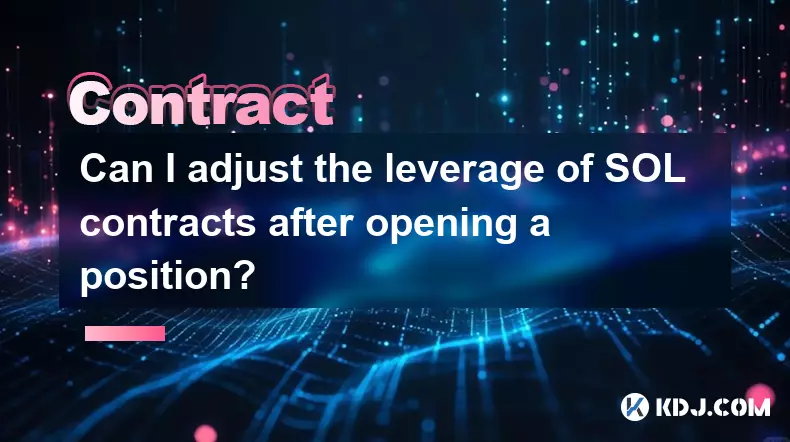
Understanding Leverage in SOL Contracts
1. Leverage allows traders to control a larger position using a smaller amount of capital. In the context of Solana (SOL) futures or perpetual contracts, leverage amplifies both potential gains and losses. Most derivatives exchanges offer leverage options ranging from 2x to as high as 100x depending on the platform and market conditions.
2. When opening a leveraged position in SOL, the chosen leverage multiplier determines the margin requirement and liquidation price. A higher leverage increases exposure but reduces the buffer against adverse price movements. Traders must be aware that excessive leverage can lead to rapid liquidations during volatile periods.
3. The initial leverage is set at the time of position entry. This value defines how much borrowed funds are used relative to the trader’s own capital. While this setting remains fixed for the lifetime of the position on some platforms, others provide dynamic adjustment features under specific conditions.
Adjusting Leverage Post-Position Opening
1. Many leading cryptocurrency derivatives exchanges allow users to modify the leverage on an open SOL contract position. This functionality is typically accessed through the position management interface after the trade has been executed.
2. Adjusting leverage does not change the size of the position but alters the margin allocation. Increasing leverage frees up margin for other trades while decreasing it adds more collateral, thereby lowering the risk of liquidation.
3. Not all exchanges support real-time leverage modification. Some require the position to meet minimum margin thresholds before adjustments can be made. Others may restrict changes if the position is close to its liquidation price.
4. When leverage is adjusted, the liquidation price recalculates automatically. Reducing leverage pushes the liquidation price further away from the current market price, offering greater safety. Conversely, increasing leverage brings the liquidation point closer, heightening risk.
Risks and Considerations in Leverage Management
1. Frequent changes to leverage can expose traders to unintended risks, especially during fast-moving markets. A sudden spike in volatility after increasing leverage could trigger a liquidation before corrective action is possible.
2. Margin balance plays a critical role in determining whether a leverage adjustment is permitted. If the available balance is insufficient to support a lower leverage setting, the system may reject the request until additional funds are deposited.
3. Certain trading strategies rely on maintaining consistent leverage throughout a position’s lifecycle. For example, systematic traders using algorithmic models may avoid mid-trade adjustments to preserve strategy integrity.
4. Traders should always monitor their position health after modifying leverage, as even small shifts in price can have outsized impacts when operating at high multiples.
Exchange-Specific Features and Limitations
1. Platforms like Bybit, OKX, and KuCoin offer built-in tools to adjust leverage on active SOL positions. These interfaces often include live previews of how the new leverage affects liquidation price and margin usage.
2. Some exchanges impose limits on how frequently leverage can be changed within a given timeframe. This prevents abuse and ensures system stability during peak trading hours.
3. Isolated margin mode usually allows more flexible leverage adjustments compared to cross-margin mode, where changes might affect multiple positions sharing the same margin pool.
4. It is essential to review the specific rules of the exchange being used, as policies around leverage modification vary significantly between platforms.
Frequently Asked Questions
Can changing leverage affect my entry price?No, adjusting leverage does not alter the original entry price of the position. It only impacts the margin allocation and liquidation threshold.
Does leverage adjustment incur fees?Most exchanges do not charge fees for modifying leverage. However, any resulting changes in funding payments due to increased position value should be considered.
What happens if I try to reduce leverage but don’t have enough balance?The system will deny the request. To lower leverage, sufficient available balance must cover the increased margin requirement; otherwise, a top-up is necessary.
Is it possible to automate leverage adjustments based on market conditions?Currently, no major exchange supports automated leverage scaling. All adjustments must be initiated manually by the user through the trading interface.
Disclaimer:info@kdj.com
The information provided is not trading advice. kdj.com does not assume any responsibility for any investments made based on the information provided in this article. Cryptocurrencies are highly volatile and it is highly recommended that you invest with caution after thorough research!
If you believe that the content used on this website infringes your copyright, please contact us immediately (info@kdj.com) and we will delete it promptly.
- Coin, 2025, Bull Run: What's the Hype?
- 2025-10-10 04:45:14
- Bluey Ballot Bonanza: Real Life Coin Tips from Down Under!
- 2025-10-10 05:05:13
- Toncoin (TON) Price Analysis: Crash or Correction? What's a New Yorker to Do?
- 2025-10-10 04:45:14
- Bluey Ballot Bonanza: Real Life Coin Tips from Down Under!
- 2025-10-10 04:50:01
- HBAR, SHIB, BlockDAG: Crypto's Fast Lane to 2025 and Beyond
- 2025-10-10 05:05:13
- Worldcoin (WLD): Navigating the Accumulation Zone Like a Pro
- 2025-10-10 05:10:00
Related knowledge

How to calculate the ROI for Ethereum contracts?
Oct 09,2025 at 04:36pm
Understanding Ethereum Contract ROI Basics1. Return on Investment (ROI) for Ethereum contracts begins with tracking the initial capital deployed into ...
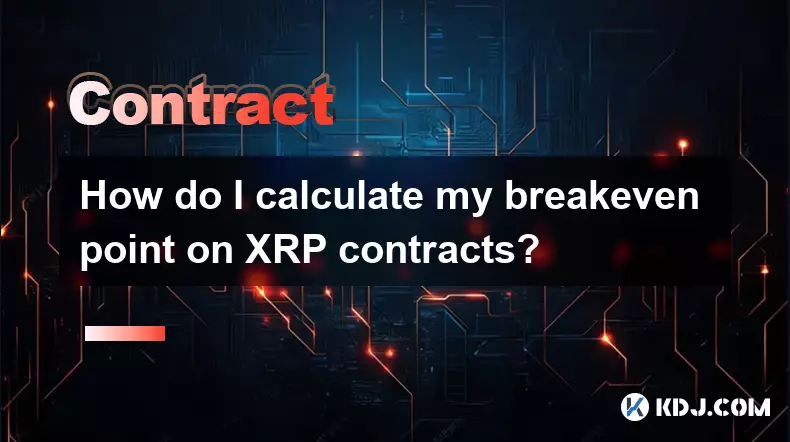
How do I calculate my breakeven point on XRP contracts?
Oct 09,2025 at 08:36pm
Understanding the Breakeven Point in XRP Futures TradingCalculating the breakeven point for XRP contracts is essential for traders who engage in futur...
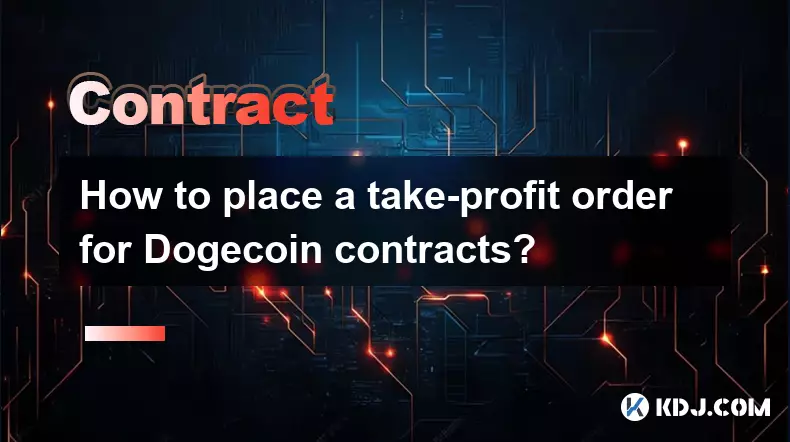
How to place a take-profit order for Dogecoin contracts?
Oct 10,2025 at 05:01am
Understanding Take-Profit Orders in Dogecoin Futures Trading1. A take-profit order is a tool used by traders to automatically close a position when th...

What are the settlement procedures for XRP contracts?
Oct 09,2025 at 04:01pm
Understanding XRP Futures and Derivative Contracts1. XRP derivative contracts are typically offered by cryptocurrency exchanges that support margin tr...

How to reduce trading fees for Bitcoin contracts?
Oct 09,2025 at 02:37pm
Understanding Bitcoin Contract Trading Fees1. Trading fees on Bitcoin contracts are typically charged by exchanges for executing buy and sell orders. ...
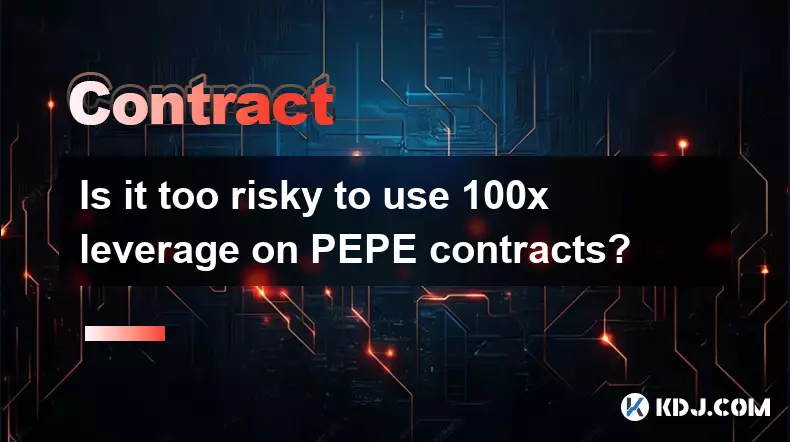
Is it too risky to use 100x leverage on PEPE contracts?
Oct 09,2025 at 04:18pm
Understanding 100x Leverage in PEPE Contracts1. Trading PEPE contracts with 100x leverage allows traders to control a much larger position using a sma...

How to calculate the ROI for Ethereum contracts?
Oct 09,2025 at 04:36pm
Understanding Ethereum Contract ROI Basics1. Return on Investment (ROI) for Ethereum contracts begins with tracking the initial capital deployed into ...

How do I calculate my breakeven point on XRP contracts?
Oct 09,2025 at 08:36pm
Understanding the Breakeven Point in XRP Futures TradingCalculating the breakeven point for XRP contracts is essential for traders who engage in futur...

How to place a take-profit order for Dogecoin contracts?
Oct 10,2025 at 05:01am
Understanding Take-Profit Orders in Dogecoin Futures Trading1. A take-profit order is a tool used by traders to automatically close a position when th...

What are the settlement procedures for XRP contracts?
Oct 09,2025 at 04:01pm
Understanding XRP Futures and Derivative Contracts1. XRP derivative contracts are typically offered by cryptocurrency exchanges that support margin tr...

How to reduce trading fees for Bitcoin contracts?
Oct 09,2025 at 02:37pm
Understanding Bitcoin Contract Trading Fees1. Trading fees on Bitcoin contracts are typically charged by exchanges for executing buy and sell orders. ...

Is it too risky to use 100x leverage on PEPE contracts?
Oct 09,2025 at 04:18pm
Understanding 100x Leverage in PEPE Contracts1. Trading PEPE contracts with 100x leverage allows traders to control a much larger position using a sma...
See all articles

























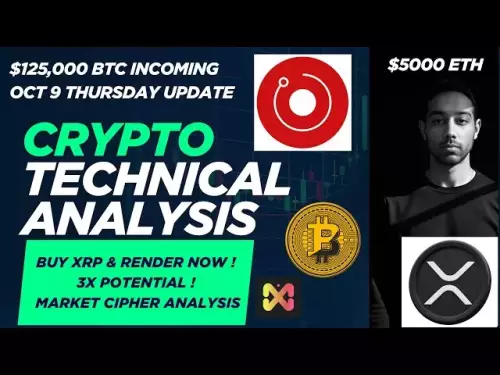
![🚨IS VECHAIN (VET) A DEAD COIN ?? PRICE ANALYSIS [GET READY NOW] 🚨IS VECHAIN (VET) A DEAD COIN ?? PRICE ANALYSIS [GET READY NOW]](/uploads/2025/10/09/cryptocurrencies-news/videos/vechain-vet-dead-coin-price-analysis-ready/68e7b200b067b_image_500_375.webp)















































